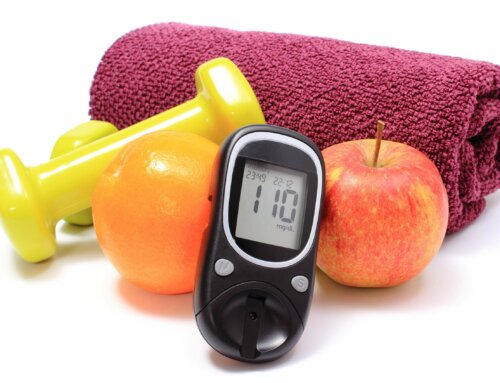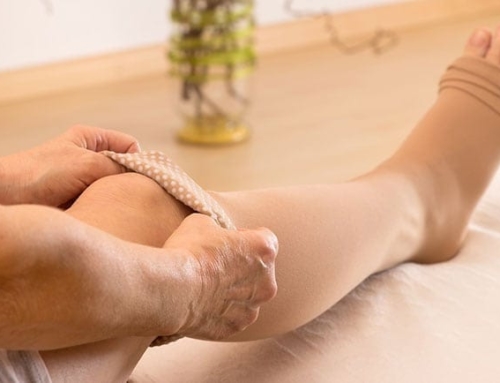Diabetic Ketoacidosis (DKA) can be a life-threatening complication of diabetes. People with Type 1, or those on insulin pumps can experience DKA more frequently due to a lack of endogenous (internally produced) insulin. People with gestational diabetes can experience ketone production and DKA as well. Those with Type 2 diabetes rarely get DKA except when they have severe infections or trauma. DKA can occur when ketones form; your blood becomes acidic from ketone production and cause acidosis.
What Are Ketones?
Ketones are a toxic by-product of fat breakdown which can occur during times of severe stress, injury or illness in people with diabetes. The body’s blood sugar rises during illness and since there is not enough insulin, the body breaks down fat as an energy source. Ketones will accumulate in the blood and urine which can cause multiple systemic problems and eventual acidosis. Dietary ketones form from strict low carbohydrate diets, yet they are benign and do not cause acidosis.
When Do I Test for Ketones?
When your blood sugar exceeds 240 mg/dL and you are ill, you should be testing for ketones. If you exceed 240 mg/dL and have ketones you may require insulin. If you are pregnant and your glucose drops below 60 mg/dl, you should check for ketones; if you have low glucose and find ketones, you may need more carbohydrates in the diet.
How Do I Test for Ketones?
Certain meters such as the Nova Max Plus can test blood for ketones with a different colored strip. Using urine ketone strips are another fast, reliable and affordable way to test. The vial has a lining that helps preserve the strips so close the bottle as soon as you remove a strip. The strips are sensitive to heat, humidity, and light. It is easy and convenient to use. Your fingers should be clean and dry. Once opened, ketone strips will last for 6 months. If not opened, the strips will last until the expiration date on the bottle. Write the opening date on the bottle so you can keep track of the freshness. Certain brands have individual foil wrapped strips which will last even longer. The results are usually read between 15 seconds and two minutes depending on the brand. They are small plastic strips which are either dipped in a cup of urine or the stream is placed on the small absorbent pad. Check the directions on the brand that you purchase. Due to chemicals on the pad, the color will change depending on the amount of ketones. There is no need for a prescription since they come over the counter.
What Are The Symptoms of DKA?
- Nausea and vomiting.
- Rapid breathing – Kussmaul breathing (the body is trying to blow off the acid in the blood from the ketone production).
- Weakness – you are not getting any glucose or fuel to the cells.
- Tiredness/drowsiness – missing essential nutrients in cells.
What Is The Physician Looking for With DKA?
- High blood sugar usually over 300 mg/dL.
- Acid formation in the blood.
- Ketone formation in the blood or urine.
- Dry skin/dehydration/dry tongue/bulging eyes.
- Lack of potassium in the body.
- Fruity breath – like acetone or alcohol.
- Cracked lips.
How is DKA treated?
Any trace or small amount of ketones should be treated with 8 ounces of water every hour to help dilute them. Check ketones again within 3-4 hours. Ketones in the moderate to large range should be reported to the physician and/or hospital immediately. You may receive intravenous (I.V.) insulin to get the blood sugar down, as well as potassium and a saline solution to correct dehydration.
DKA can be fatal for 10% of the people with diabetes who suffer from it – mostly elderly, type 1 or those with severe infections or trauma. Be alert to the symptoms and treatment to avoid a life-threatening experience.
NOTE: Consult your doctor first to make sure my recommendations fit your special health needs.






Leave A Comment